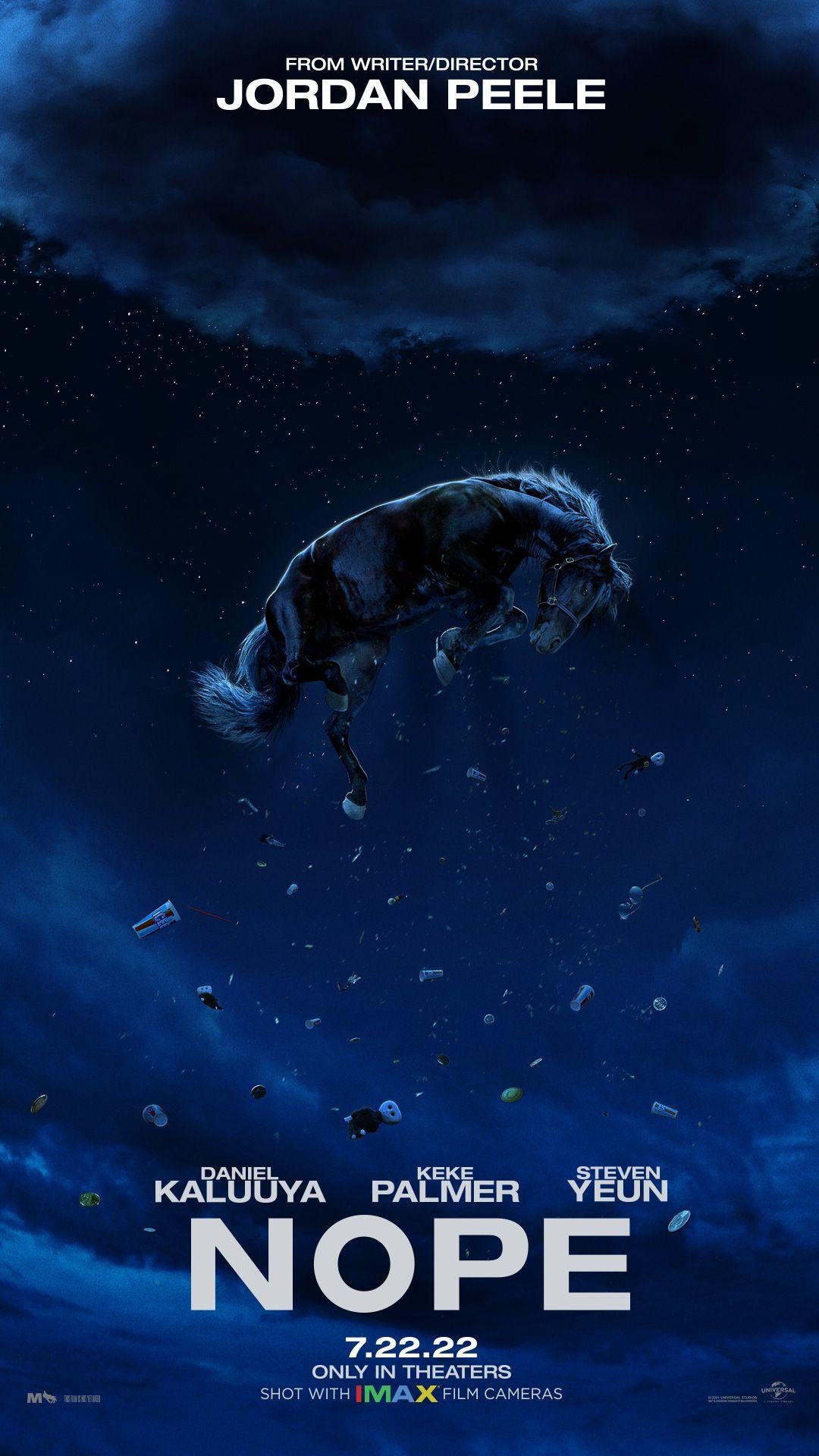
We know the open clusters we observe are young because given enough time, the stars in an open cluster disperse due to gravitational interaction within the cluster. All open clusters are relatively young objects, generally no more than a few hundred million years old. Sparse open clusters contain less than a hundred stars, while rich ones may have thousands.

Not until Galileo (1564-1642) trained his telescope on the Beehive, however, was it discovered that these objects are made of individual stars. In the second century, Ptolemy mentioned Melotte 111 in Coma Berenices and M7 in Scorpius. Located within the disk of the Milky Way Galaxy, open clusters also are known as "galactic clusters." The Beehive (M44), the Pleiades (M45), and the Hyades clusters have numerous historical references. Here, we'll concentrate on the two other types of star clusters.

Associations contain dozens of stars and resemble open clusters except that they are poorer in stars. There are three types of star clusters: associations, open clusters and globular clusters. Star clusters A star cluster is a group of stars loosely held together by gravity. Thus, even a very slight shift in a person's color response could cause the color to appear either greenish or bluish. The problem is that the wavelength of the light is close to the border between perceived green color and perceived blue color. What color will a particular planetary appear to you? This is a little tricky to answer. Observers often report different colors for the same nebula. Planetary nebulae usually have a blue, green, bluish-green, or greenish-blue color. A typical planetary nebula is less than one light-year across. There are roughly 1,000 known planetary nebula in our neighborhood of the galaxy. The object was the now famous Ring Nebula (M57), and it was found in January 1779 by another French astronomer, Antoine Darquier (1718–1802), who compared it to a "fading planet." The German-born, English astronomer William Herschel (1738–1822) christened these objects planetary nebulae because they resembled - in shape and color - Uranus, the planet he had discovered only a few years before. It took 15 years before the next planetary nebula was discovered. M27 also is known as the Dumbbell Nebula.

On July 12, 1764, French comet hunter Charles Messier (1730–1817) discovered the first planetary nebula and made it number 27 on his famous list of objects that are not comets. Most astronomers agree that a planetary nebula is the fate of our Sun in approximately 5 billion years. It's still expanding, but we can no longer see it. So after 10,000 to 50,000 years, the planetary nebula stops glowing. As the shell expands, the white dwarf's energy can excite the gas, but only out to a certain distance.

Planetary nebulae have short lives, at least visually. This radiation ionizes the gas of the expanding planetary nebula and causes it to glow. It also emits a large amount of ultraviolet radiation. The star (now called the central star of the nebula) is extremely hot, reaching temperatures of 200,000 Kelvin. The ejected envelope becomes a spherical shell of cool, thin matter expanding into space at 5-25 miles/second (10-40 kilometers/second) - a planetary nebula. This leaves a small star called a white dwarf. After about 10,000 years (a short period, astronomically speaking), the inner core of the star collapses and the star pulsates, ejecting much of its outer envelope. Stars about as massive as the Sun eject mass when they become red giants near the end of their lives. Planetary nebulae A planetary nebula is the most common end product of stellar evolution.


 0 kommentar(er)
0 kommentar(er)
